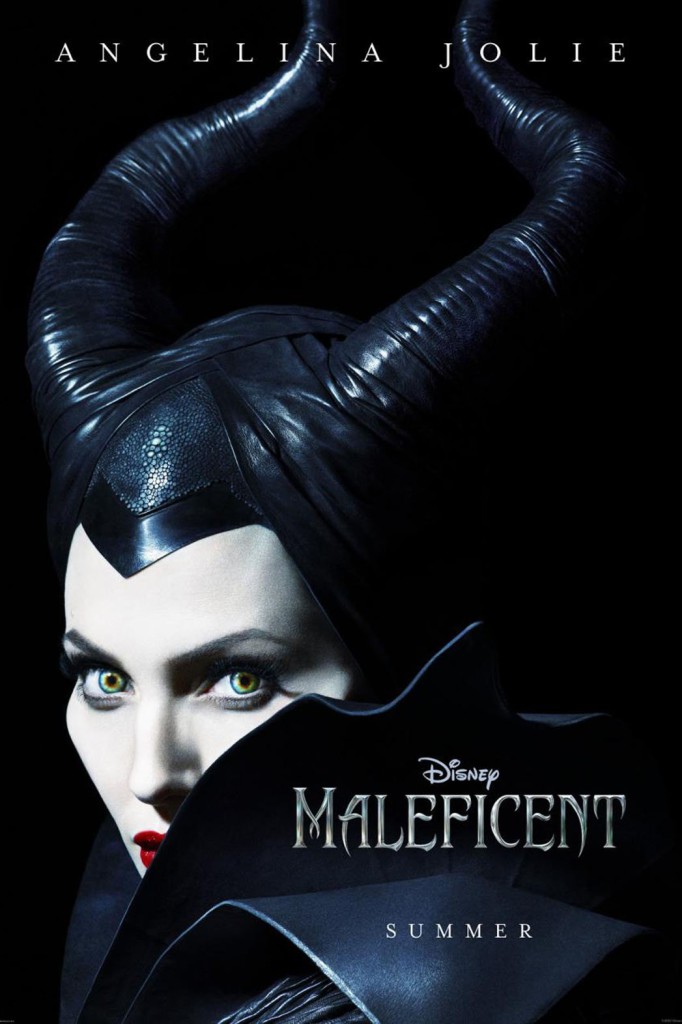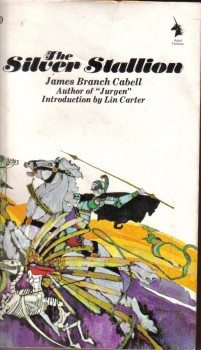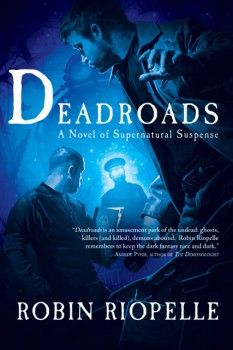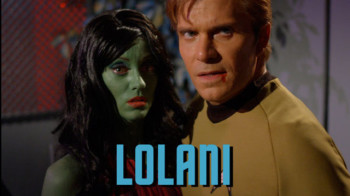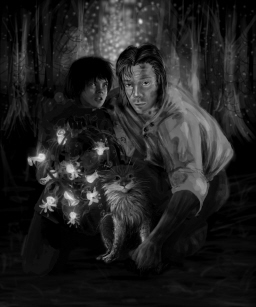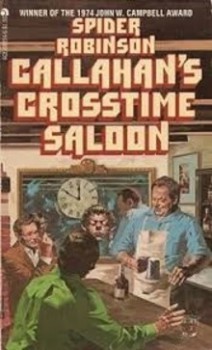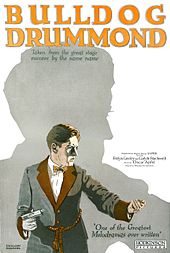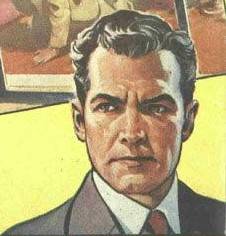New Treasures: Nihal of the Land of the Wind by Licia Troisi
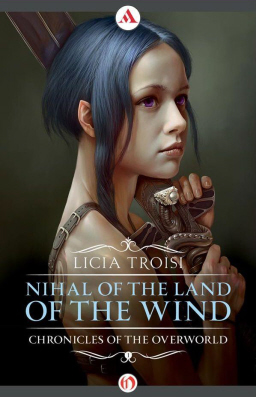 When I first got my Kindle, I imagined it would be a gateway to a whole new way to buy and read books. The ability to browse and download books in a matter of seconds, all from the comfort of my big green chair, was pretty darned appealing — not to mention the host of free samples and complete novels Amazon posts every week.
When I first got my Kindle, I imagined it would be a gateway to a whole new way to buy and read books. The ability to browse and download books in a matter of seconds, all from the comfort of my big green chair, was pretty darned appealing — not to mention the host of free samples and complete novels Amazon posts every week.
Well, it didn’t unfold that way. Turns out that, by and large, I still buy and read novels primarily in paperback. And cover art and design have a huge impact on what I pick up every week… and frankly, much of the digital-only fantasy out there just isn’t visually appealing enough for me to bother with.
That’s starting to change, though. Exhibit A: Nihal of the Land of the Wind, the first volume of Chronicles of the Overworld, a bestselling Italian fantasy series by Licia Troisi. I have no idea who painted the cover — and the Kindle version doesn’t tell me — but it is gorgeous (click for a bigger version). Here’s the description.
Nihal lives in one of the many towers of the Land of the Wind. There is nobody like her in the Overworld: big violet eyes, pointed ears, and blue hair. She is an expert in swordplay and the leader of a handful of friends that includes Sennar the wizard. She has no parents; brought up by an armorer and a sorceress, Nihal seems to be from nowhere.
Things suddenly change when the Tyrant takes charge. Nihal finds herself forced to take action when she is faced with the most difficult mission a girl her age could imagine.
Fierce, strong, and armed with her black crystal sword, Nihal sets out to become a real warrior. Readers will be riveted as she forges her powerful path of resistance.

